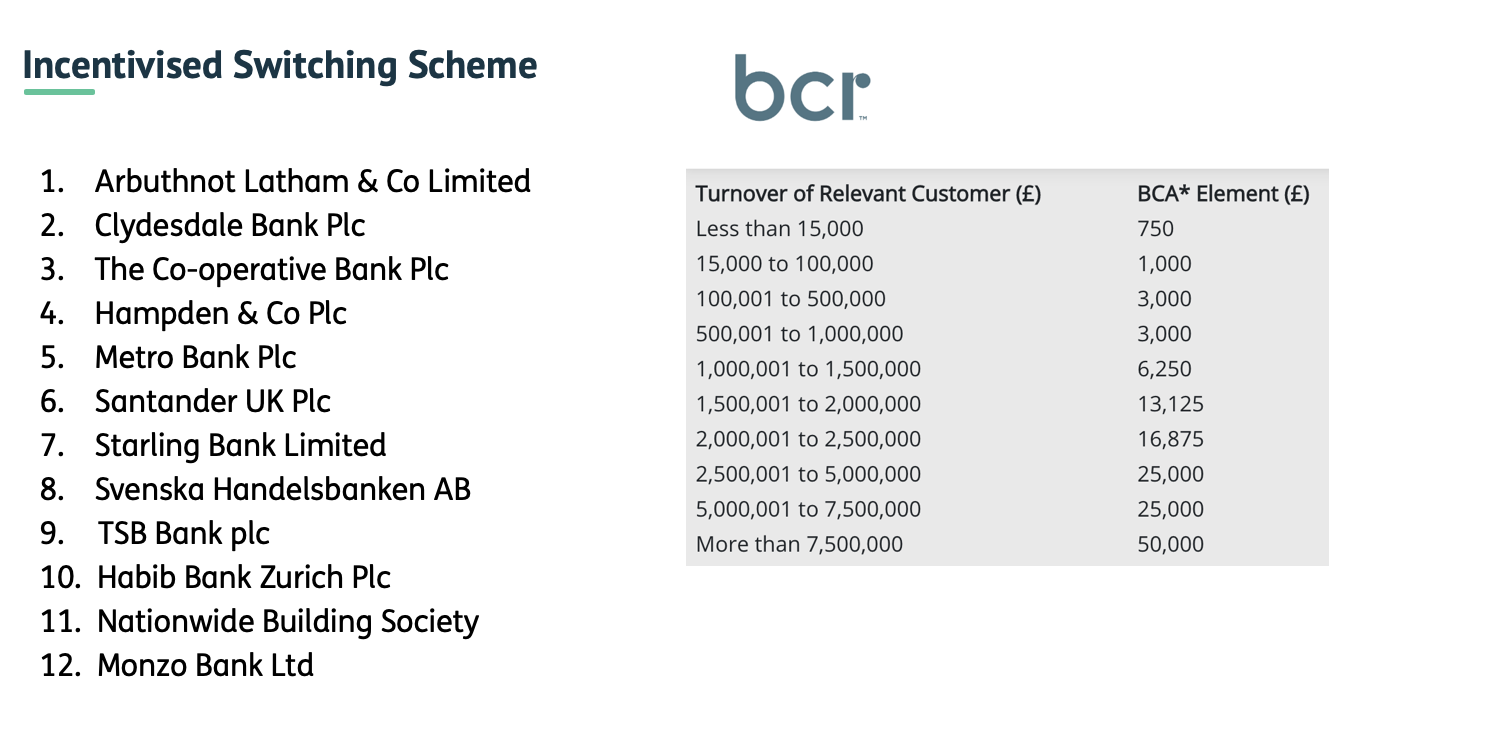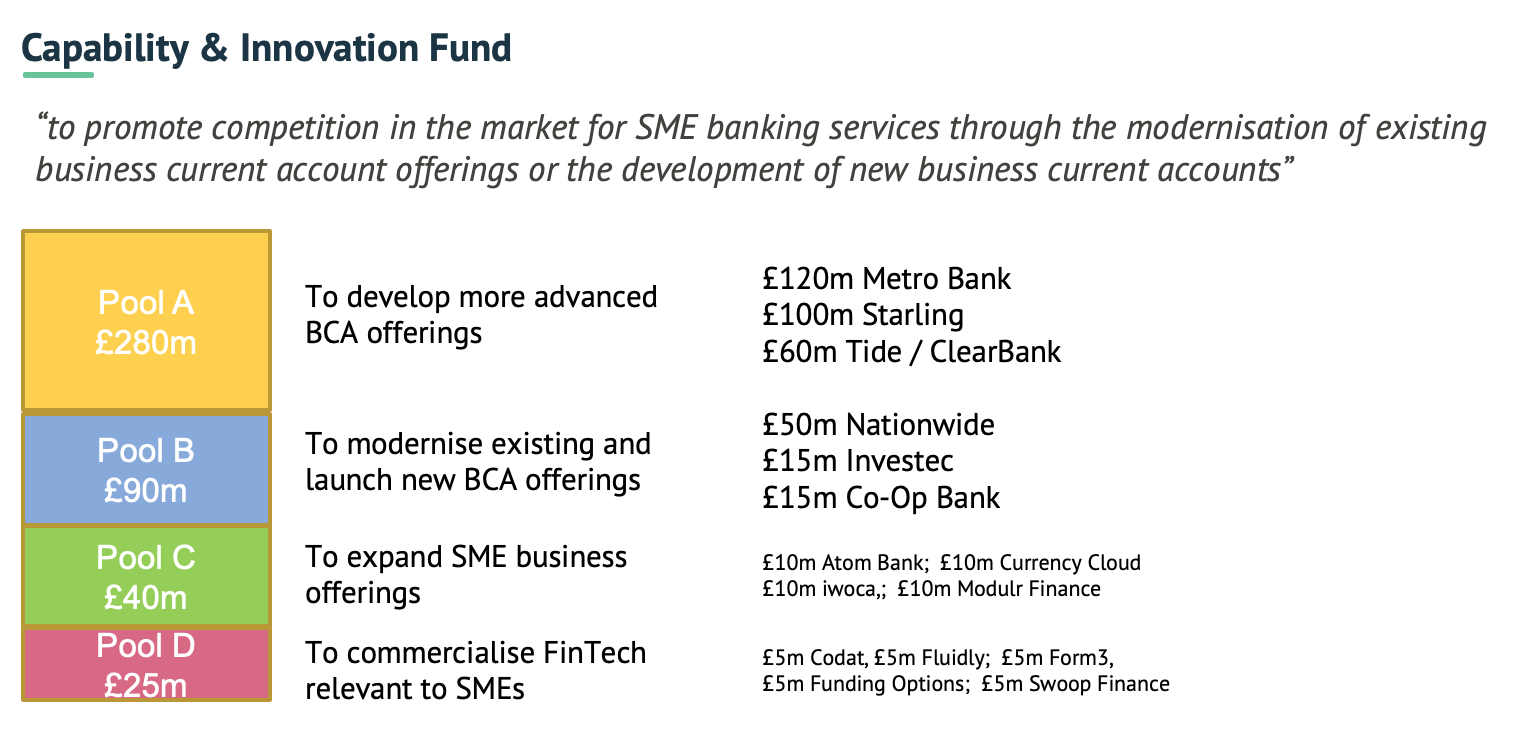How crisis can provoke competition
Posted on the 11th October 2019 by Hamish Anderson in Founders' blog, SME blog, Finance

Part 1 - A banking crisis
Good things can sometimes result from the direst situations.
Let’s cast our minds back to September 2007. The financial world was in turmoil and there were queues of anxious customers outside the branches of the most respected names in high street banking.
Under the leadership of its controversial chief executive Fred 'the Shred' Goodwin, The Royal Bank of Scotland (RBS) had been acquiring competitors aggressively and was briefly the biggest bank in the world. It was the darling of the UK stock market and feted by government and industry alike as a poster child of achievement in the sector.
However, the 2008 financial crisis signalled a dramatic reversal in its fortunes:
| Year | RBS Market Cap | RBS Profit | RBS Share Price |
| 2007 | £120bn | £10bn | £71.97 |
| 2009 | £2bn | (£28bn) | £1.21 |
Too big to fail
The bank was in crisis but help came from the UK Government which decided that RBS was 'too big to fail' and responded by injecting £45bn of fresh capital into the bank's balance sheet in return for equity. While this investment allowed RBS to live on as a going concern, the result was that RBS was, at its peak, 81% owned by the taxpayer.
It wasn't long before this situation caught the attention of the European Commission who deemed the Government's intervention to be state aid and not a good thing for competition in the European banking sector.
Plan A - Williams and Glyn's has to go
The EC, therefore, demanded that RBS divest itself of one of its brands. Specifically, the business-focused Williams and Glyn's Bank. An IPO was announced and RBS teams set to with outside consultants to separate Williams and Glyn's systems from those of its ailing parent.
The project to disentangle Willams and Glyn's from RBS's systems architecture started in 2014. After 2 years of effort by a raft of consultants, the project was abandoned. RBS was forced to take a £750m write-down against the cost of the divestment and it is estimated that the taxpayer suffered a £1.5bn hit on RBS' market value1. Later estimates of the cost of the project approach £1.4bn.
Failure of the Williams and Glyn divestment or not, the anti-competitive situation identified by the European Commission still had to be resolved.
Plan B - Alternative Remedies
Next on the table was a package of measures designed to boost the competitive environment in the UK business banking sector. Under the name of the Alternative Remedies Package, RBS was to be obliged to create a fund of up to £800m to be allocated to its UK business banking competitors. The fund was to consist of two elements; up to £275m for 'Incentivised Switching' and £425m for 'Capability and Innovation'. The package was approved by the EC in 2017 and an independent body entitled the Banking Competition Remedies Ltd (BCR) was set up to administer it.
Banks offering, or planning to offer, business current accounts (BCAs) were eligible to apply for access to the Incentivised Switching Scheme which would pay a dowry ('BCA element') for each RBS business customer moving its account to the applicant bank. The value of the dowry would be linked to the turnover of the switching customer and could be worth up to £50,000: The BCR evaluated each of the applicant bank's proposals and awarded access to the Scheme on the strength of its BCA proposition and its potential to improve the competitive environment. The above banks were selected.
The BCR evaluated each of the applicant bank's proposals and awarded access to the Scheme on the strength of its BCA proposition and its potential to improve the competitive environment. The above banks were selected.
Of more interest to Money Mover as a FinTech (financial technology) company was the second element of the Alternative Remedies Package - the 'Capability and Innovation Fund'. As we've said since the launch of our international payments platform, SMEs have long suffered from a lack of functionality focused on their needs. Most of the BCA online banking platforms are based on personal account technology with the result that SMEs lack the dedicated tools that would make their lives easier. Even now, how many business banking accounts provide the ability to monitor exchange rates, make batch payments and payrolls, generate confirmations and hedge future transactions out of the box?
The Capability and Innovation Fund was designed to accelerate BCA innovation by providing funding to be put towards the development of new technologies or the creation of completely new accounts. Four tranches of funding were announced, each with slightly different aims to appeal to different participants in SME financial services; from mid-size, full-service challenger banks to small FinTech firms. The funding amounts available ranged from £5m to £120m; material amounts for technology companies used to bootstrapping their technology development:
 The table above shows the size of each tranche of funding, the stated purpose of the grants and the winners of each pool. I'll comment about the specific commitments made the successful applicants in a future blog, but I will say for now that the results caused at least as much discussion, raising of eyebrows and disgruntlement as you would expect. Now that all the awards have been made it is the responsibility of BCR to manage the progress of each successful applicant towards meeting the public commitments that it has made. Progress is monitored monthly by BCR and a quarterly update is posted to its website.
The table above shows the size of each tranche of funding, the stated purpose of the grants and the winners of each pool. I'll comment about the specific commitments made the successful applicants in a future blog, but I will say for now that the results caused at least as much discussion, raising of eyebrows and disgruntlement as you would expect. Now that all the awards have been made it is the responsibility of BCR to manage the progress of each successful applicant towards meeting the public commitments that it has made. Progress is monitored monthly by BCR and a quarterly update is posted to its website.
So what does this mean for my business?
In my view, it's all good news. The Alternative Remedies Package has put the spotlight on the business current account services offered to the SME community and has found it wanting and in need of improvement. The Capability and Innovation Fund application process has obliged the 100+ applicants to examine their own offerings and those of the sector at large and to think hard about how they could be improved. The significant funding awarded to some of the most innovative and service-focused technology firms should lead to a range of new and enhanced services which will refresh a stale market and complement the services provided by existing innovators such as Money Mover. Even the unsuccessful applicants will have learned much from the reviews they carried out as part of the process and many will be inspired to improve their services even though they failed to secure innovation funding.
In part two of this blog I will look at how the winners of the Capability Fund have committed to spending their awards.
1 'RBS could take £1.5bn hit from plan to drop Williams & Glyn sale' - Daily Telegraph - 12 April 2017